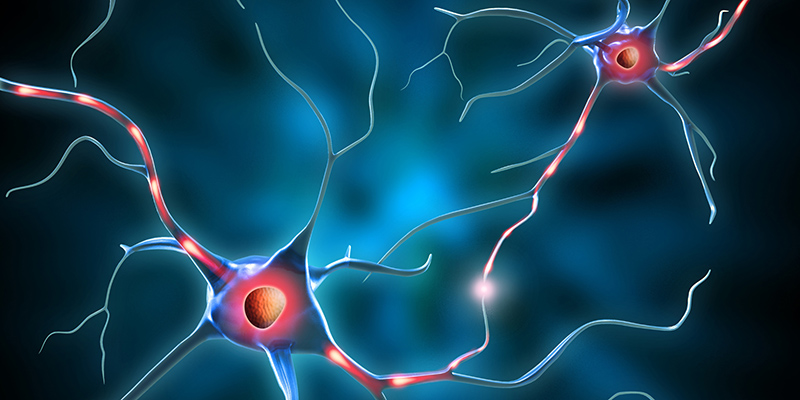 Table of contents
Table of contents
- Background
- Research Funding for ALS2
- ALS2 3-Pronged Approach to Accelerate ALS Research
- Participating NIH Institutes, Centers, and Offices
- Information about Amyotrophic Lateral Sclerosis (ALS)
Background
The initiatives of the Common Fund’s High-Risk, High-Reward Research (HRHR) program are a time-tested, powerful approach to spark innovation in biomedical and behavioral science. Over the last decade, the HRHR program’s Transformative Research Awards provided a platform for individuals or teams proposing transformative projects that are inherently risky and untested but have the potential to create or overturn fundamental paradigms. The NIH will use this platform to launch the Accelerating Leading-edge Science in ALS (ALS2) initiative to dramatically advance our understanding of what triggers Amyotrophic Lateral Sclerosis (ALS) and what drives the rapid progression of this terrible disease.
ALS2 began in 2020, and has an estimated total budget of $25 million over five years, pending available funds. The initiative employs a three-pronged strategy to accelerate ALS research focused on: 1) employing emerging technologies from neuroscience and other fields; 2) attracting new talent from diverse scientific disciplines; and 3) understanding disease convergence.
Research Funding for ALS2
A Notice of Special Interest (NOSI) for ALS2 is anticipated in 2020 to accompany the call for Fiscal Year 2021 Transformative Research Award applications. Links to the NOSI will be posted on this page and on the Transformative Research Award funding opportunities page.
Sign up for the HRHR listserv to receive updates on Funding Opportunity Announcements and other activities from all four High-Risk, High-Reward Research program initiatives.
3-Pronged Approach to Accelerate ALS Research
Emerging Technologies from Multiple Fields: Adapting emerging tools and technologies from neuroscience and cell biology may help us identify what causes ALS at the molecular level, and learn how the disease progresses, leading to new therapeutic strategies.
Attracting New Talent from a Diversity of Scientific Disciplines: Solving the complex nature of a disease like ALS requires a concerted effort by scientists from not only neuroscience and neurology but from cell biology, bioengineering, chemistry, biophysics, genomics, environmental health science, and computational science.
Understanding Disease Convergence: ALS is the most common motor neuron disease, but clues to its biology may come from discoveries in other motor neuron disorders that occur in neurological conditions. Understanding the overlap in the biology among these conditions, together with the intensive research underway on neurodegeneration in general, may provide important clues for the triggers of ALS.
Participating NIH Institutes, Centers, and Offices
- NIH Office of the Director via the NIH Common Fund
- National Institute of Neurological Disorders and Stroke (NINDS)
- National Institute on Aging (NIA)
- National Institute of Environmental Health Sciences (NIEHS)
- National Institute of General Medical Sciences (NIGMS)
Information about ALS
ALS is a neurodegenerative disease that affects motor neurons that control voluntary muscles. For reasons that are currently unknown, the motor neurons die off, resulting in progressive muscle weakness that usually leads to respiratory failure. ALS is virtually always fatal, and many people die within 3-5 years of developing symptoms.
There is no cure for ALS. The FDA-approved drugs riluzole and edaravone can prolong life by a few months but do not improve symptoms. Ongoing clinical trials are looking at a range of therapeutic strategies including new drug candidates, devices to improve quality of life, and stem cell therapies.
Visit the NINDS information page on ALS to learn more about the disease and current research.


